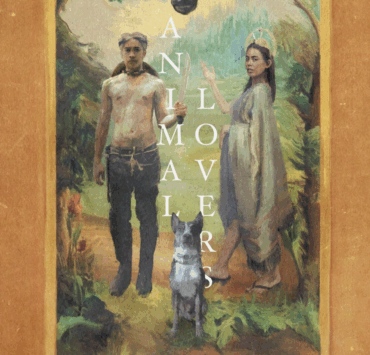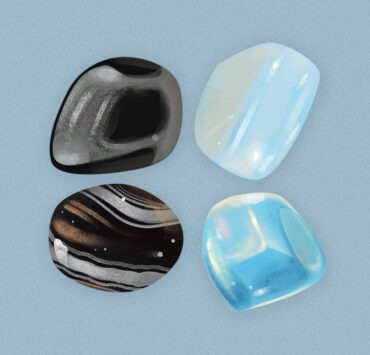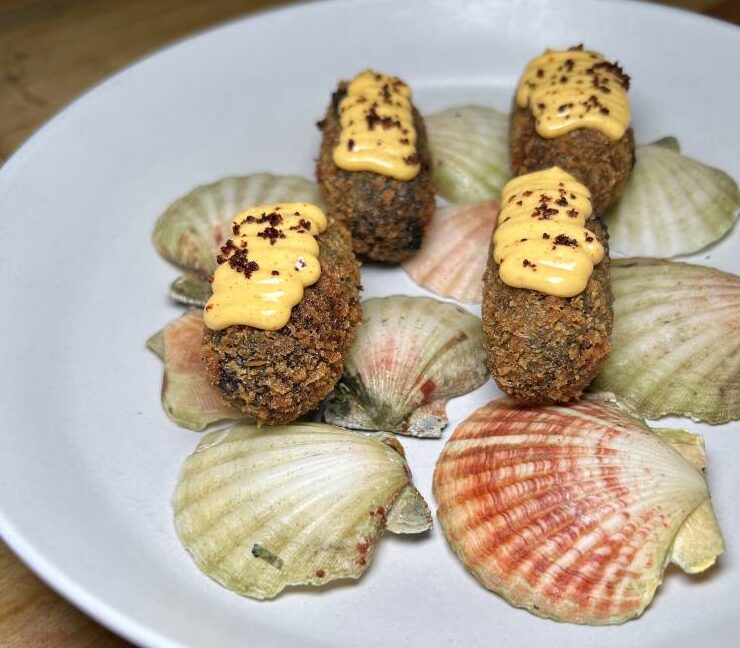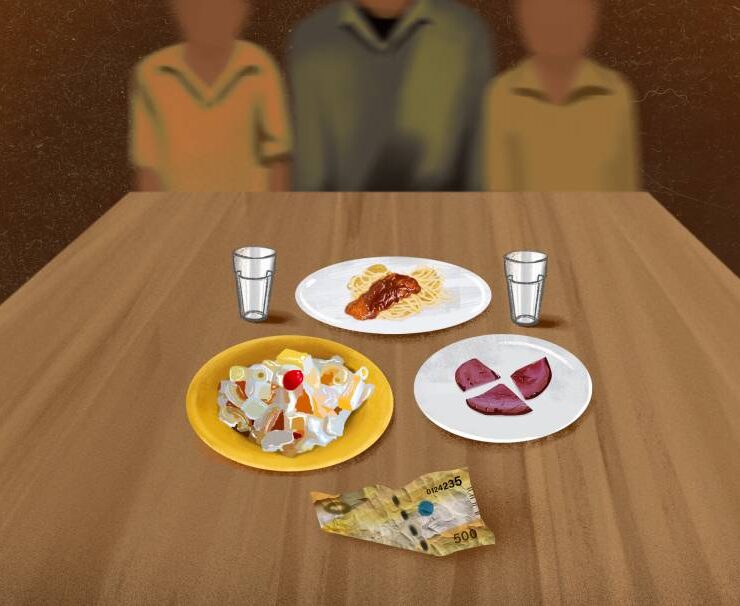The circular closet
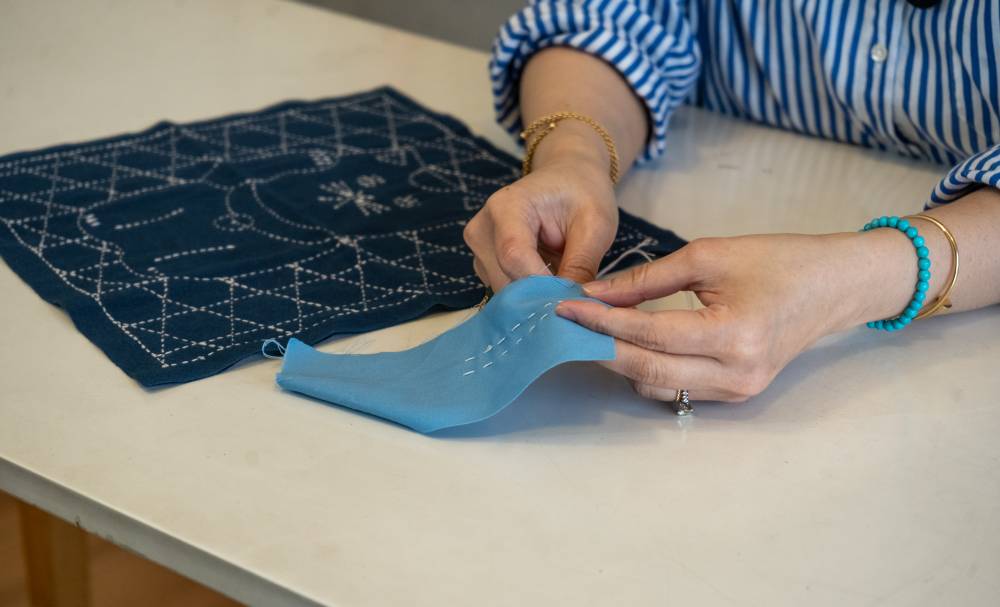
When professional organizer and sustainability advocate Tin Dychiao began helping her clients declutter their homes, one question kept coming up: What do we do with all these clothes—barely worn, still beautiful, but too formal to donate?
It was a dilemma shared by many—closets full of items with plenty of life left in them yet nowhere appropriate to send them. And so, what began as annual closet clean-out sales evolved into something more meaningful: The Circular Closet, a platform built on the ethos of intentional consumption and extending the life of fashion.
“The most sustainable thing to do really is to shop our closets,” Dychiao says. “To use what we already have and take care of them, instead of caving in to impulse buys.”
A movement rooted in mindfulness
At the heart of The Circular Closet is a simple yet powerful belief—consume less, but better. Dychiao acknowledges that unlearning consumer habits isn’t easy. “We’ve been trained to consume, and this has become a habit that’s difficult to break,” she explains. “The next best thing is to be intentional about our purchases, whether new or preloved, and to shop for quality pieces that last.”
This philosophy echoes a global shift in how we view clothing. Gone are the days when secondhand meant second-rate.
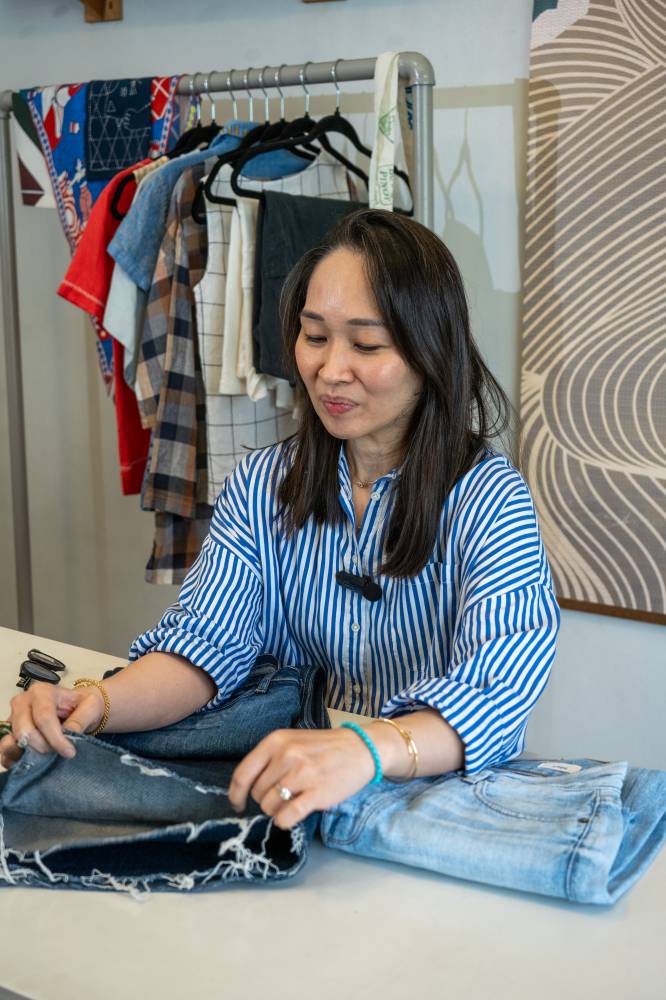
From “used” to “preloved”
Dychiao is passionate about changing the narrative around secondhand fashion. “As The Seam UK puts it, ‘Secondhand feels functional, but preloved speaks to value, care, and intention.’”
Buying preloved, she adds, isn’t about thrift or necessity—it’s about curation and creativity. “A lot of stylish women shop preloved because they’re editing and curating their wardrobes. They’re looking for particular pieces from a previous season that are no longer available in shops,” Dychiao shares. “Sometimes, you even find items with tags still attached—purchased on impulse, forgotten, or simply not the right fit.”
She also clarifies the difference between “thrifted” and “secondhand.” While thrifting usually means hunting through donated goods at thrift stores or op shops, secondhand can refer to items bought directly from resale sites like The RealReal, Vestiaire Collective, or local platforms such as Carousell.
“Everything thrifted is secondhand,” Dychiao notes, “but not everything secondhand is thrifted.”
The true cost of fast fashion
Fast fashion’s impact is staggering. “Estimates put clothing production at 100 billion garments a year worldwide,” Dychiao explains. “There’s enough clothing in the world today to clothe humanity for six generations.”
The oversupply of clothes doesn’t just result in cluttered closets—it devastates communities and ecosystems. She points to the mountains of discarded garments in Chile’s Atacama Desert and Ghana’s Kantamanto Market. “Some people earn a living reselling what they can,” she says, “but the environmental effects on the populace are devastating.”
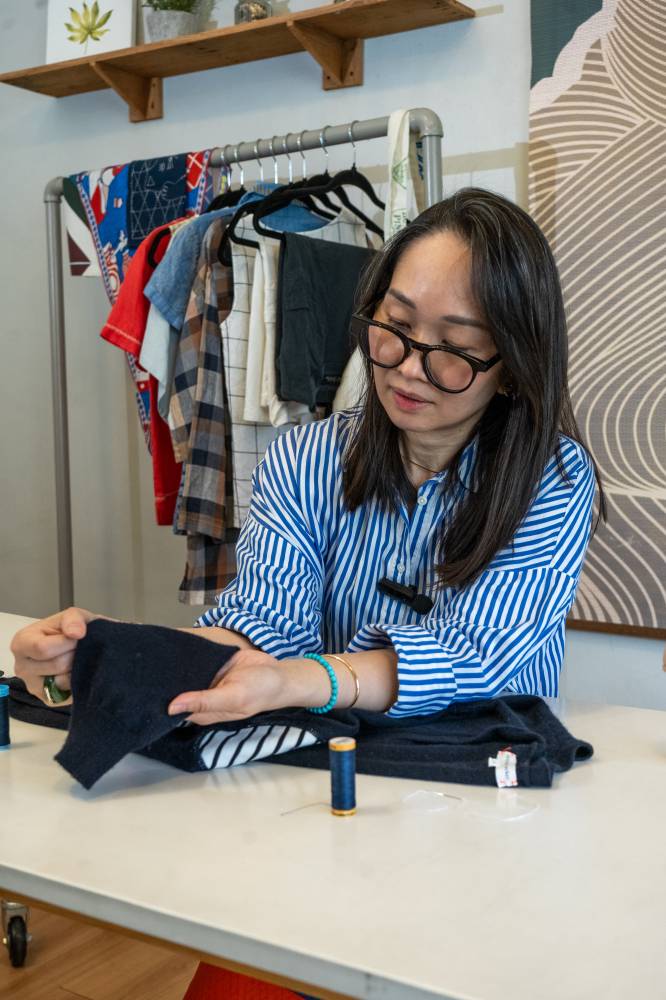
Staying stylish—sustainably
For those who love fashion but want to stay on trend responsibly, Dychiao suggests going vintage. “Try shopping for vintage items that are the original inspo,” she says. “Or look for deadstock inventory—these are often made from better-quality fabrics and built to last.”
Her own love for mending also plays a big part in this mindful approach. A simple repair can extend a garment’s life by years.
Breaking the stigma of “used”
Some believe that clothes carry energy: memories, imprints, intentions, and emotions from their former owner. This can make people hesitant to buy secondhand. But how do we move past the idea that used clothes carry “bad energy”? Dychiao says trust is key.
“It helps when you know the seller or know that it comes from someone who personally knows the owner,” she explains. For the extra cautious, she shares a simple ritual: “Soak the clothes in water with salt before washing, or expose them to sunlight.”
Building a wardrobe for life
When asked what to invest in for a timeless wardrobe, Dychiao emphasizes quality and material. “Go for whatever suits your style, but be mindful of fabric composition,” she says. “I prefer buying clothes made from natural fibers—they last longer, are more sustainable, and are biodegradable. Plus, they don’t leach microplastics.”
In a world obsessed with “new,” Dychiao’s message through The Circular Closet is a refreshing reminder: Style doesn’t have to come at the expense of the planet.
“We don’t need more clothes,” she says. “We just need to value the ones we already have.”
Follow the Circular Closet to know more about their sustainable practices @thecircularcloset on Instagram
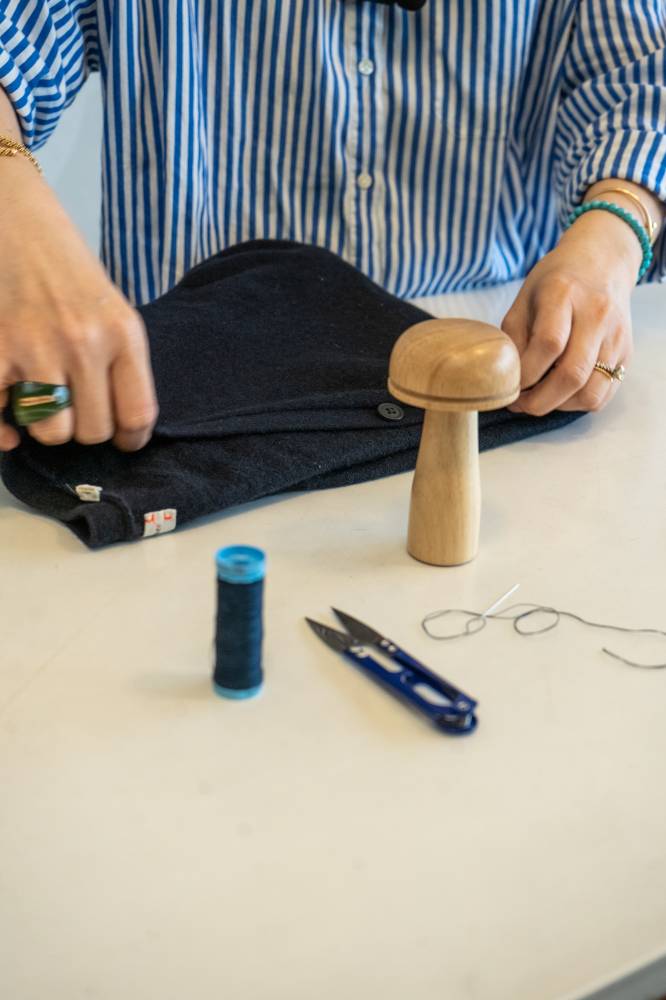
The mender’s toolkit
For anyone inspired to start mending, Dychiao recommends a few essentials:
• Needle and threader
• Cotton thread (DMC or Gutermann are best—most common ones are polyester)
• Sewing pins and chalk
• Tape measure
Nice-to-haves include a thimble, embroidery hoop, and darning mushroom. Most of these can be found on Shopee, though Dychiao admits she loves picking up supplies while traveling—at Spotlight in Australia or sashiko shops in Japan.














